subscribe to our Newsletter
Quartz vs. Granite Countertops: Which Is Better?
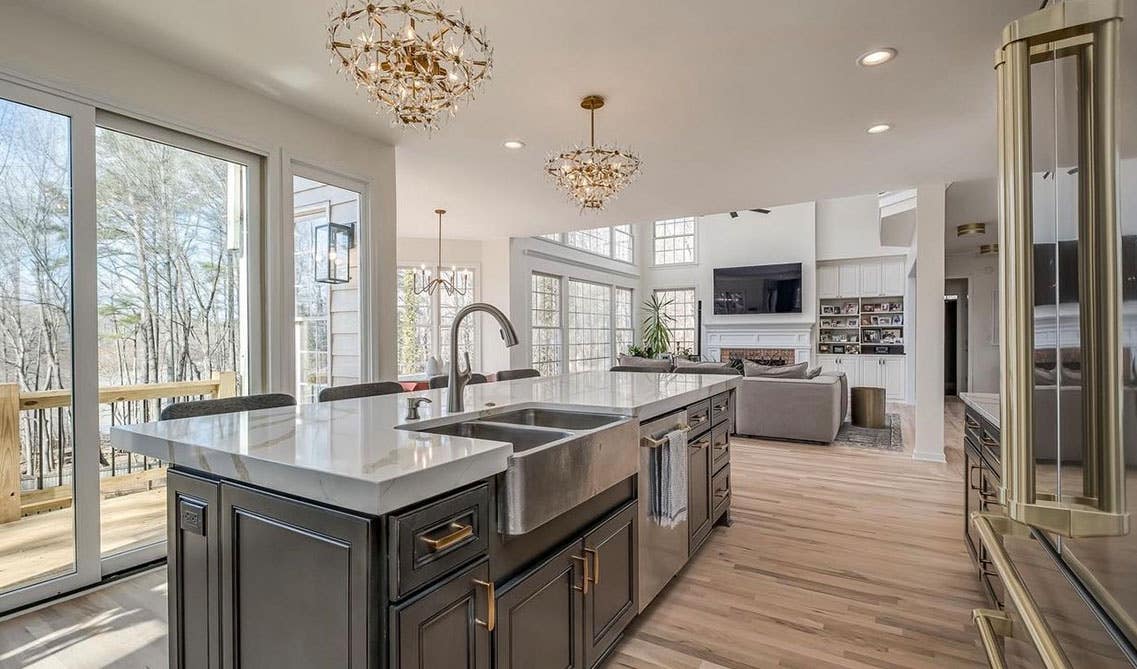
Are you ready to update your countertops? It is time to get rid of your worn and torn, older countertops and modernize your kitchen, and one of the most important factors in your kitchen to do so, is your countertops. The two most popular types of countertops are quartz and granite, but which is better?
What is Quartz?
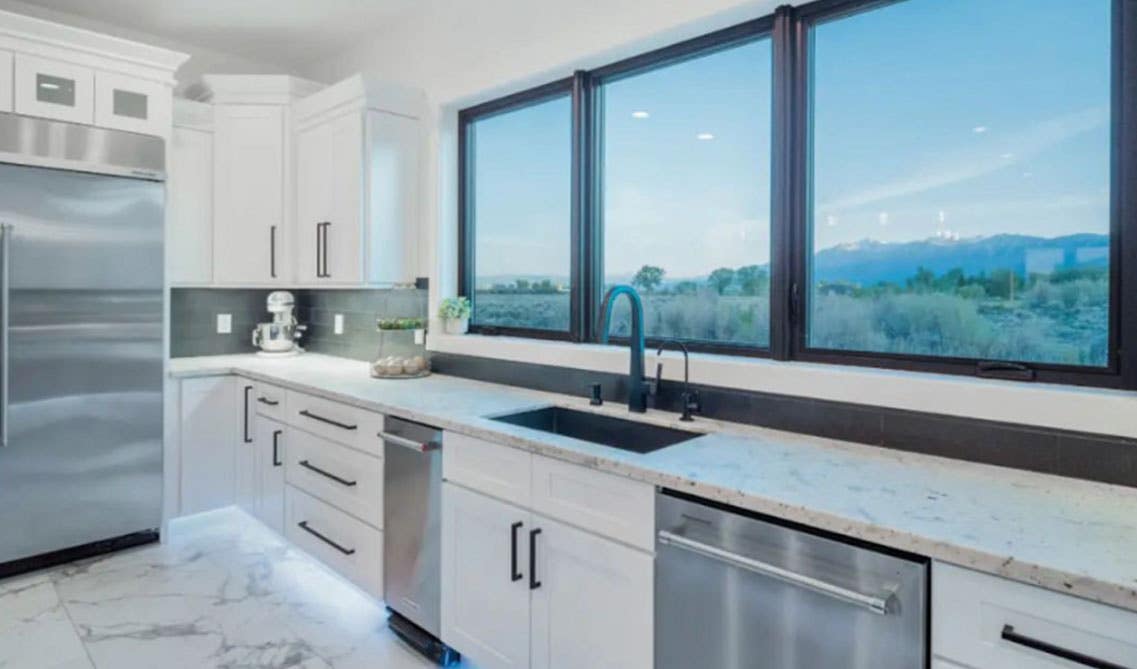
Lily Ann Cabinets: Colorado White Shaker
Quartz countertops are a type of engineered stone surface that is made by combining natural quartz crystals with resins and other materials. These countertops are designed to mimic the appearance of natural stone while offering enhanced durability and versatility. They have gained popularity due to their combination of aesthetic appeal, strength, and low maintenance requirements. They are commonly used in kitchens, bathrooms, and other areas where a long-lasting and visually appealing surface is desired.
What is Granite?
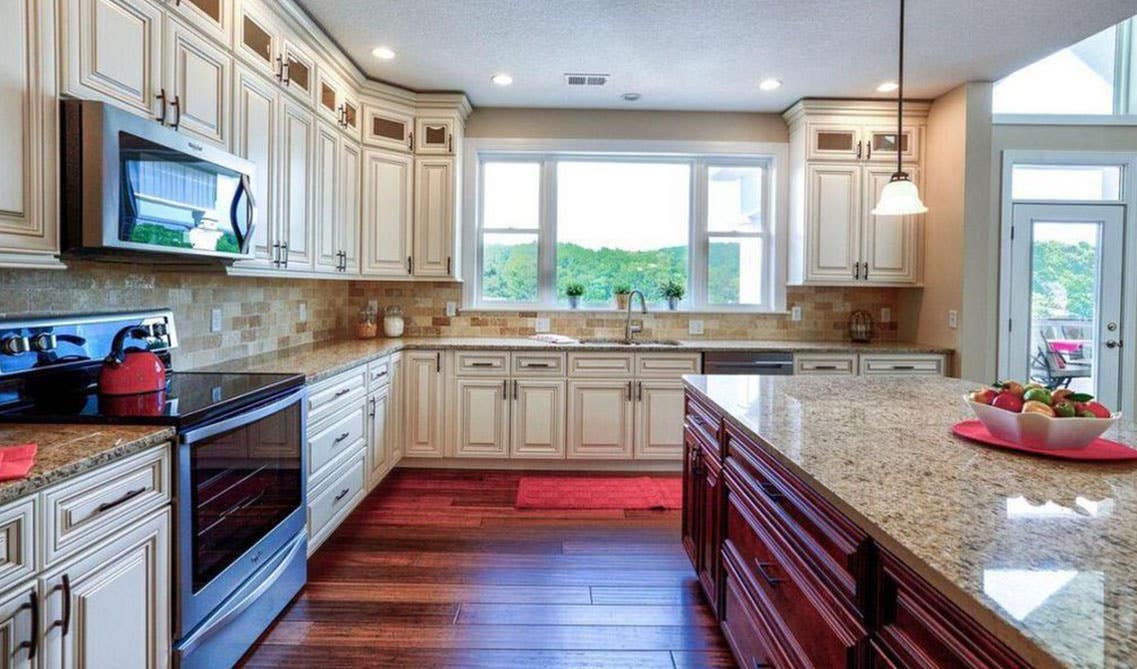
Lily Ann Cabinets: Charleston Linen
Granite countertops are natural stone surfaces that are made from igneous rock formed from cooled and solidified magma. Granite is composed primarily of quartz, feldspar, mica, and other minerals, giving it a unique and varied appearance. Each slab of granite can have variations in color, pattern, and texture. This characteristic adds to the uniqueness and charm of granite countertops. Granite countertops are also well-known and popular for their toughness, elegance, and sophistication in any space and can withstand the demands of daily use.
Maintenance
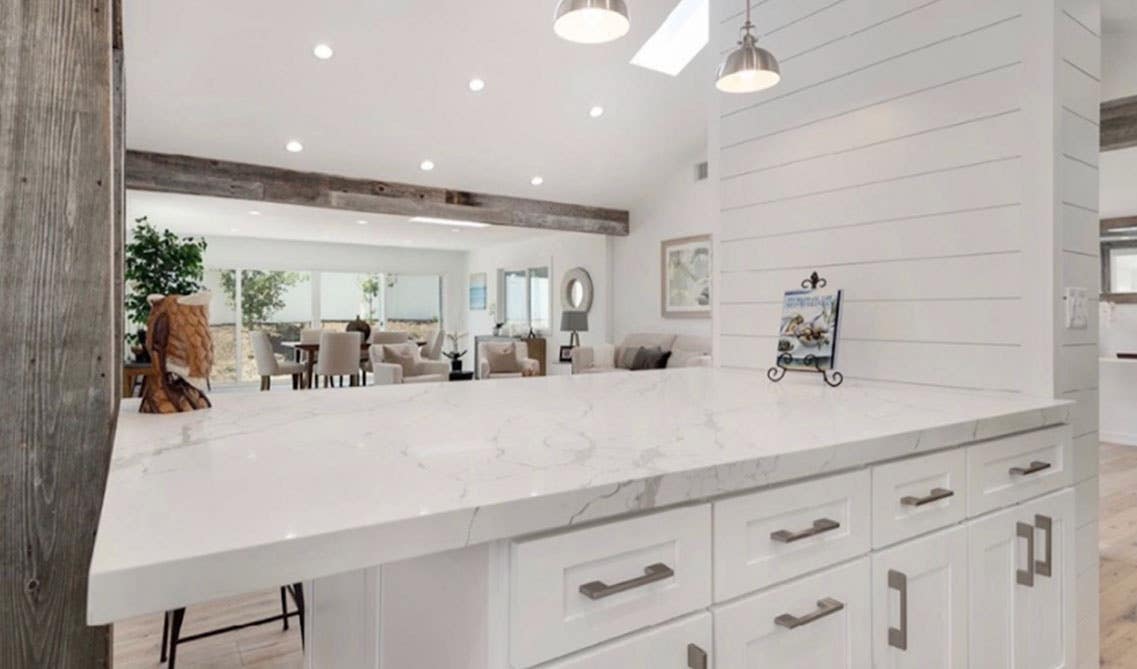
Lily Ann Cabinets: White Elite Shaker
Quartz is non-porous, meaning it has a very low likelihood of staining compared to granite. Granite is a natural stone and is porous, so it may require periodic sealing to prevent staining. Sealing over your countertops gives it that extra layer of protection that prevents stains from happening. Although it keeps your countertops looking shiny and new, it can become a bit of a hassle to repeat the process. Granite may need an occasional touch up with its sealing while quartz will not. Quartz will maintain its fresh and shiny look throughout the years. Overall, If spills are promptly cleaned on both surfaces, maintenance should be relatively easy for both.
Pricing
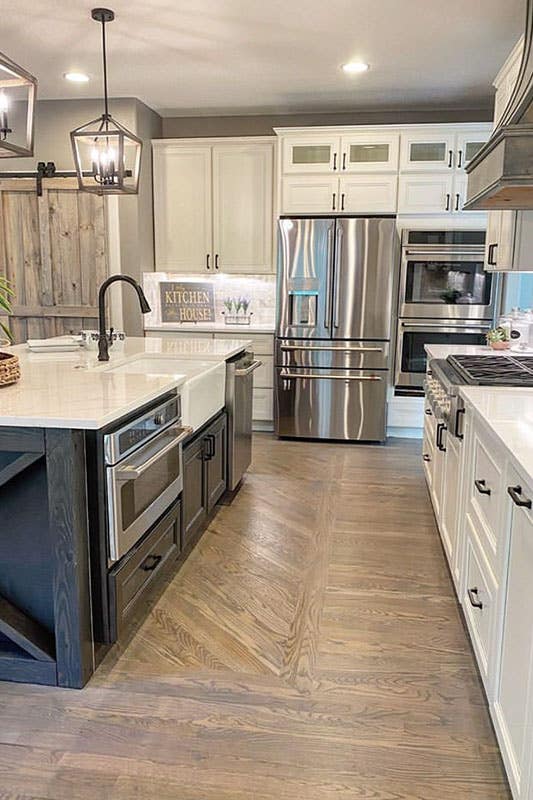
Lily Ann Cabinets: York Linen
Quartz countertops are natural stone surfaces that are manufactured using a combination of natural quartz crystals and resins. The manufacturing process offers resilience to everyday household needs and design options which contribute to the higher cost of quartz. On average, quartz costs about $50-$200 per square foot, making the overall average cost around $4,500, fluctuating depending on desired size.
Granite, on the other hand, is a natural stone that is mined from quarries and then cut into slabs for use as countertops. The availability and sourcing of granite can affect its price, but generally, it tends to be less expensive compared to quartz. The cost of both can fluctuate back and forth based on sales, demand, the supplies, etc. Granite costs about $40-$60 per square foot, making the overall average around $3,250.
Installation Process
The preparation and installation process are generally the same regardless of which countertop you choose. The one main difference between the two is the sealant process to finish off all granite countertops. This step is not required for quartz countertops but is very important for granite in order to assure protection and finalize its beautiful appearance to its maximum potential.
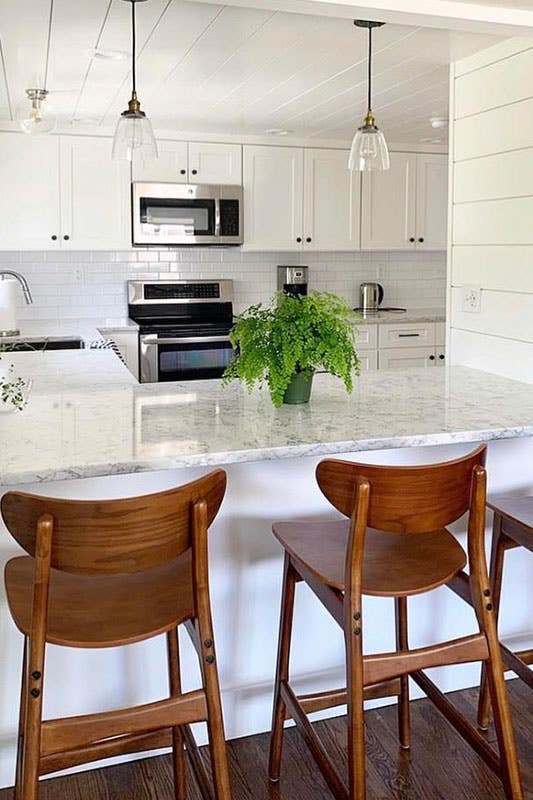
Lily Ann Cabinets: Summit White Shaker
- 1. Prepare the space: Ensure that the base cabinets are securely installed square and level. Template to measure and mark the exact sizes of the countertop on the base cabinets, considering any appliances, sinks, and countertop edge/style that will be installed.
- 2. Cut the countertops: this is necessary to cut the countertops to the correct dimensions using a wet saw or diamond blade.
- 3. Dry fit the countertops: Place the countertops on the base cabinets without adhesive to check for proper fit and alignment. Make any necessary adjustments or cuts as needed.
- 4. Create support structures: Determine the appropriate method for supporting the countertops. This may involve using plywood or support brackets.
- 5. Apply adhesive: Once the countertops are dry-fit and properly supported, apply a high-quality adhesive or construction adhesive recommended for use with granite or quartz.
- 6. Set the countertops: Carefully lower the countertops onto the base cabinets, ensuring they are aligned and fit snugly. Apply even pressure to the surface to help the adhesive bond properly.
- 7. Secure the countertops: Use clamps or other temporary supports to hold the countertops in place while the adhesive cures.
- 8. Finish the edges: Depending on the style and design of the countertops, whether it be a drop-in or undermounk sink, you may need to finish the edges. This can be done by polishing, rounding, or bullnosing the edges to create a smooth and finished look.
- 9. Seal the countertops (for granite): If you have chosen granite countertops, it is important to seal them to protect against stains and spills.
- 10. Clean and inspect: Once the countertops are fully installed, clean them thoroughly to remove any debris or adhesive residue. Inspect the countertops for any damage or imperfections and make any necessary adjustments or repairs.
The choice of granite or quartz countertops is ultimately up to you and depends on your preferences, as each option has its own pros and cons. For customers who are located within a one-hour radius of our Lily Ann Cabinets headquarters store, in Adrian, Michigan, ask our sales representatives about the countertops we offer. If you are not local and still are unsure which option is best suited for you and your kitchen, we have experts eager to help you through the process with our Lily Ann Live feature!
FAQ’S
1. Is quartz harder to maintain than granite?
On average, quartz is easier to maintain in comparison to granite because of the sealant it is coated with, it is stain resistant, it is easier to clean, and it is slightly more durable. Quartz is generally more resistant to scratches, chips, and cracks compared to granite. However, granite is still a highly durable material and can withstand normal daily use with proper care. Both options can be simply cleaned using soap and water, and it is recommended to stay away from strong chemicals to avoid causing damage.
2. Are hot pans better on quartz or granite?
Hot pans are not recommended to be directly exposed to any countertop. However, both options have a heat resistance design, but quartz’ resistance is not as strong as granite. While you are cooking, it may be easier and more convenient if you have granite countertops since it is much more resistant to the heat than quartz is. Hot pots and pans on granite surfaces take better and will not impact the overall look or design of the countertop.
3. Is quartz more expensive than granite?
Quartz tends to be a bit more expensive than granite, but it depends on the type of each that you choose.
Recent Blogs
Kitchen Decor
What Your Wife Really Wants for Mothers Day
Kitchen Cabinets,Wood Cabinets,Cabinet Tips,Cab...

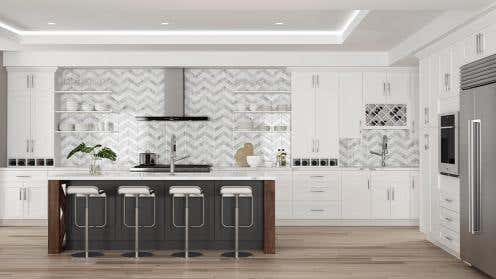

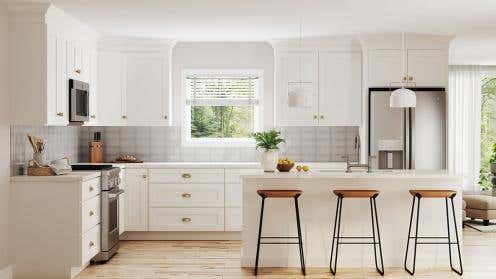
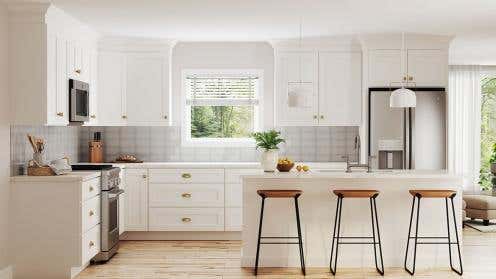

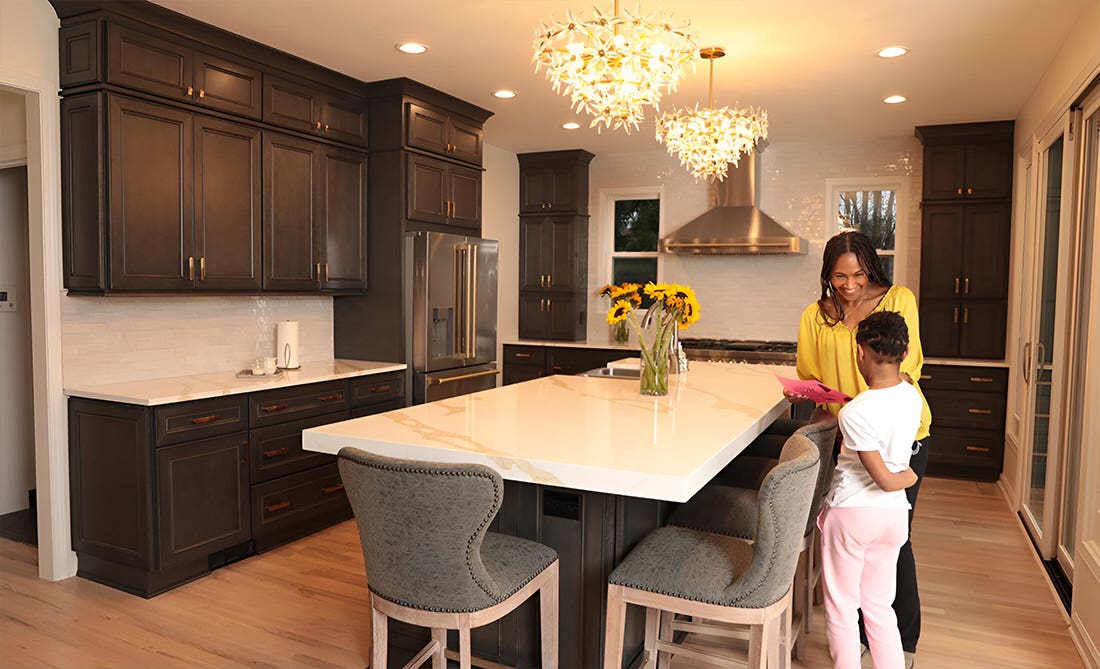
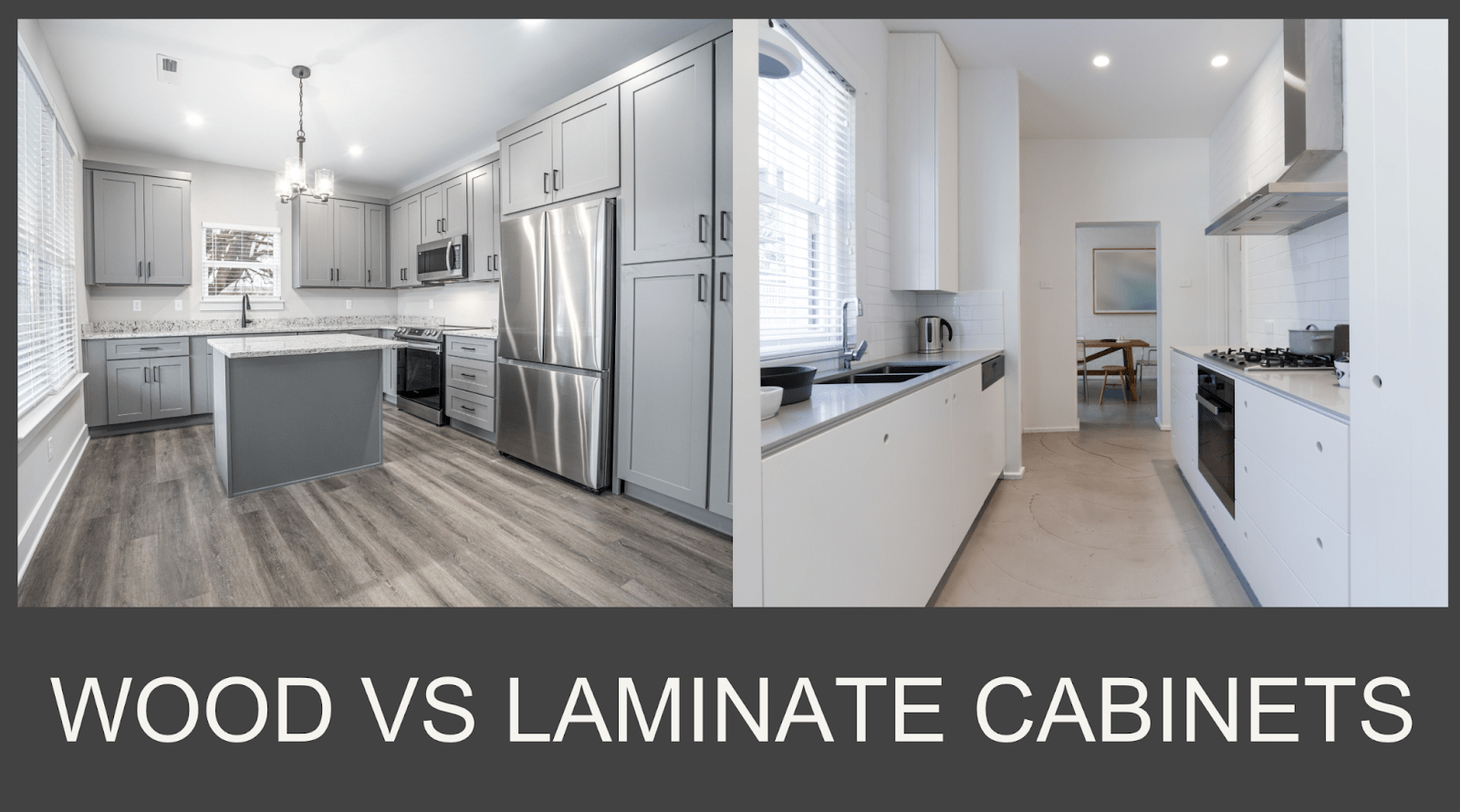
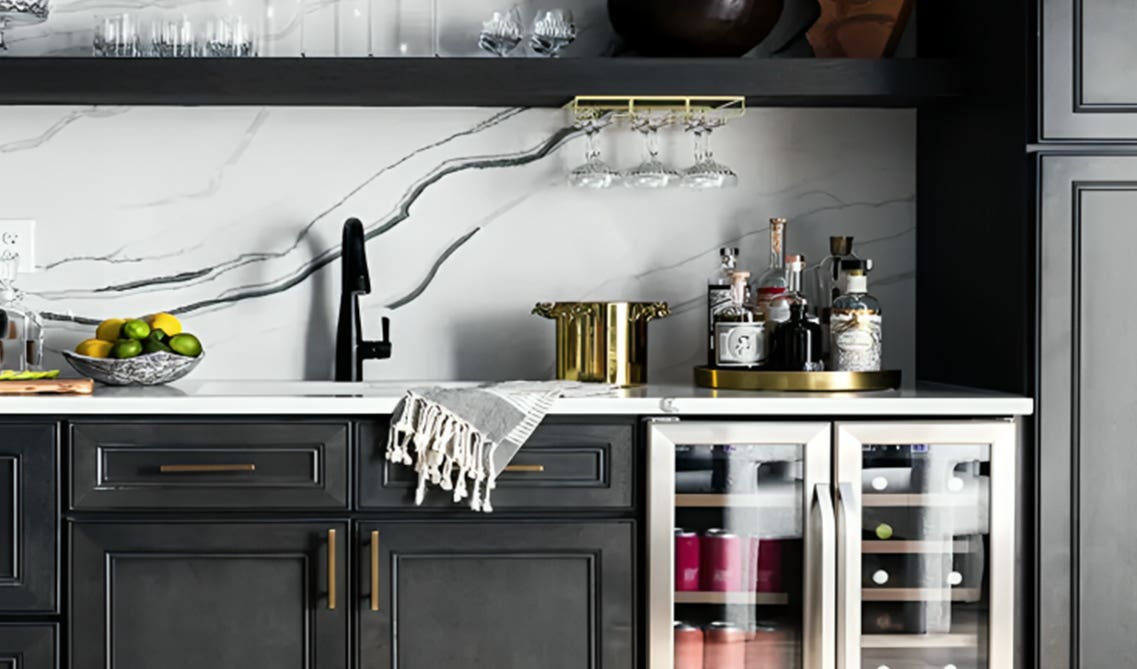


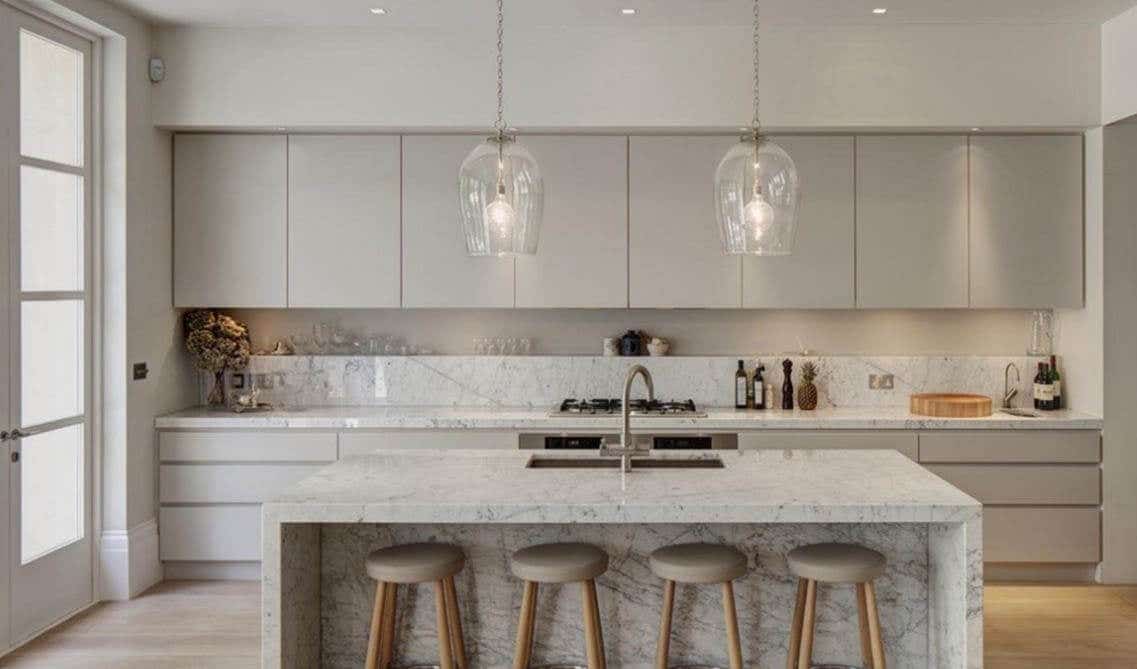
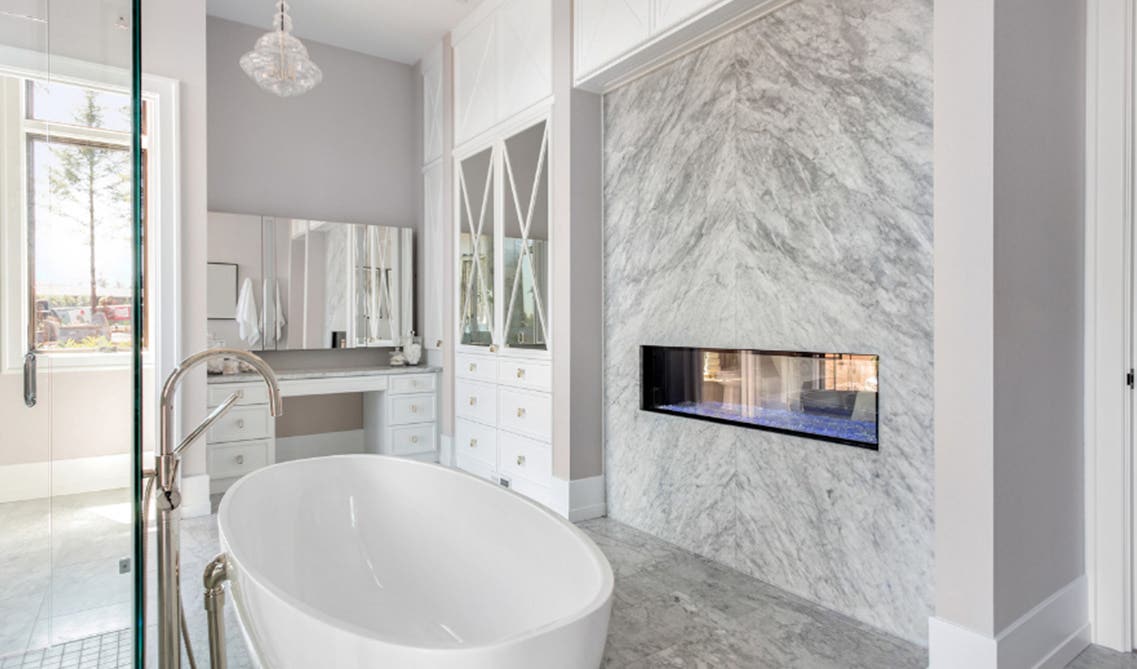
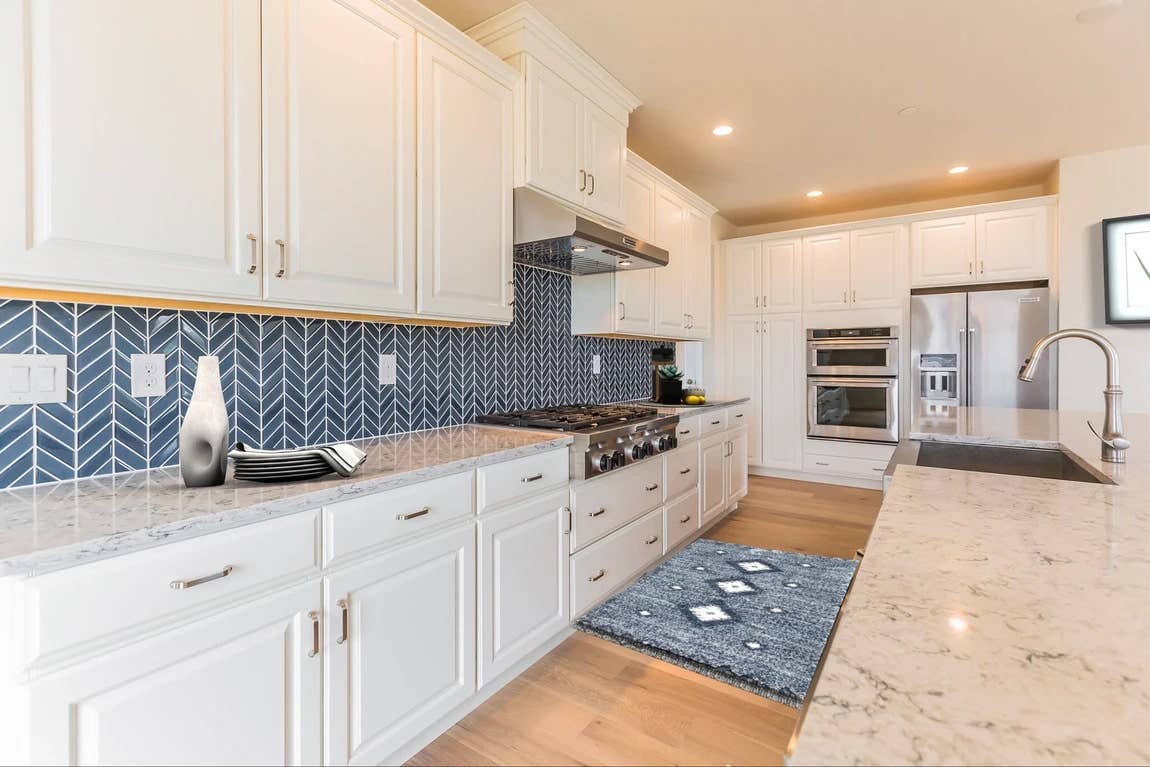
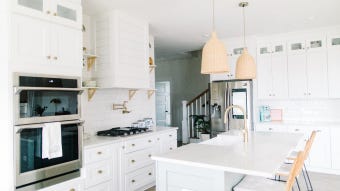


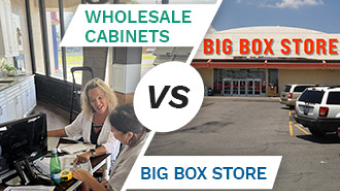
Comments